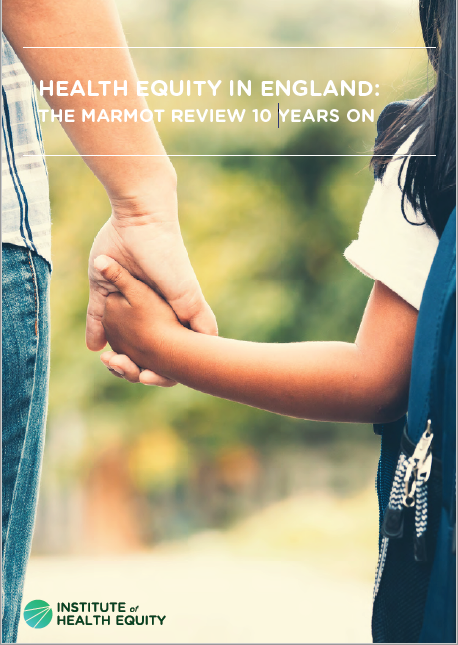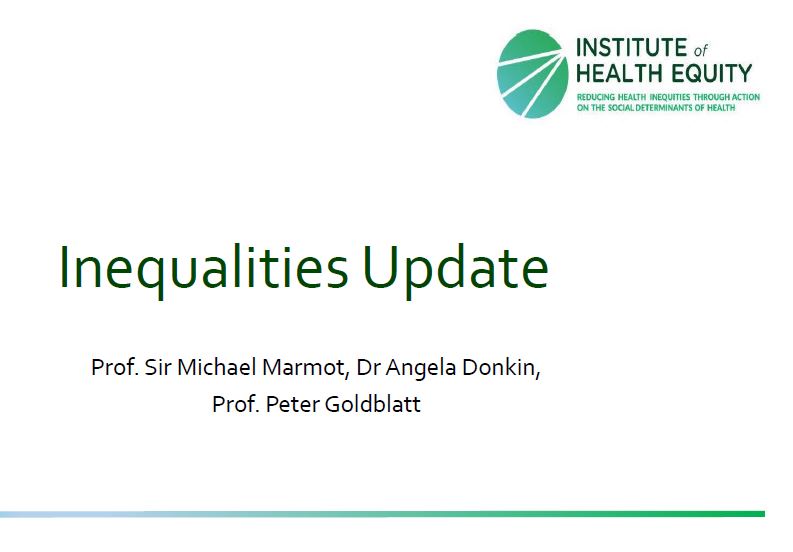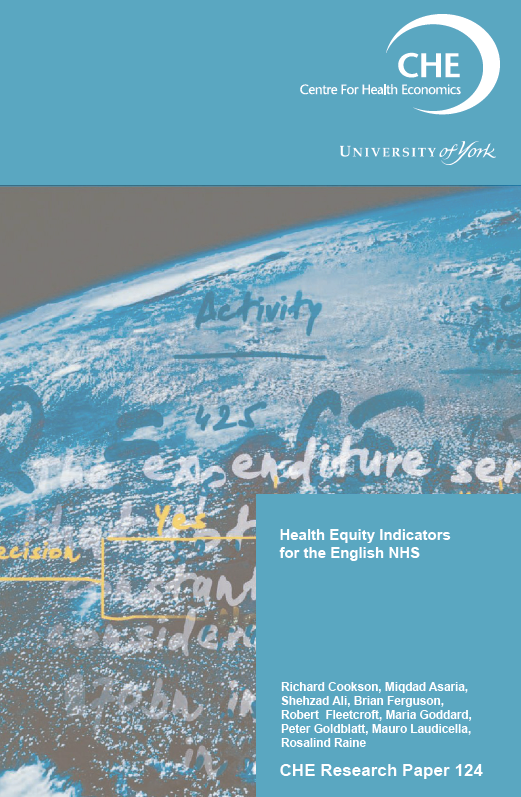
Health Indicators for Local Authorities in England - 2012
Fair Society, Healthy Lives included some suggested indicators to support monitoring of the overall strategic direction in reducing health inequalities.
The London Health Observatory and IHE produced baseline figures for some key indicators of the social determinants of health, health outcomes and social inequality that corresponded, as closely as was possible, to the indicators proposed in Fair Society, Healthy Lives.
The indicators are listed below:
• Male life expectancy
• Female life expectancy
• Slope index of inequality (SII) for male life expectancy
• Slope index of inequality (SII) for female life expectancy
• Slope index of inequality (SII) for male disability-free life expectancy
• Slope index of inequality (SII) for female disability-free life expectancy
• Children achieving a good level of development at age 5
• Young people who are not in education, employment or training (NEET)
• People in households in receipt of means-tested benefits
• Slope index of inequality for people in households in receipt of means-tested benefits
In 2011 the Public Health Observatories released updated health inequality indicators for all local authorities and primary care organisations in England.
The indicators were published in 2012 at The Network of Public Health Observatories, which became part of Public Health England, which is now OHID.




